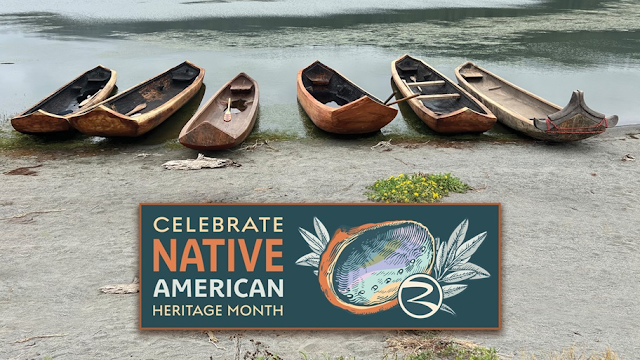The State Water Board is hiring: 3 job opportunities
The State Water Board is hiring three positions in its Office of Public Participation. Thank you in advance for forwarding this email to your networks and helping us find experienced leaders who may be excited about these opportunities. Assistant Director (Environmental Program Manager I) The position will serve as the Assistant Director for the Office and will manage an interdisciplinary team. This position requires experience managing teams, implementing project management software, communicating effectively, establishing effective working relationships with a variety of technical and nontechnical audiences, and working with environmental justice communities and/or California Native American tribes. Monthly salary: $12,512.00 - $14,209.00 Full time, based in Sacramento with potential to telework with in-person attendance based on operational needs Job posting link Program Manager (Staff Services Manager I) The pos

